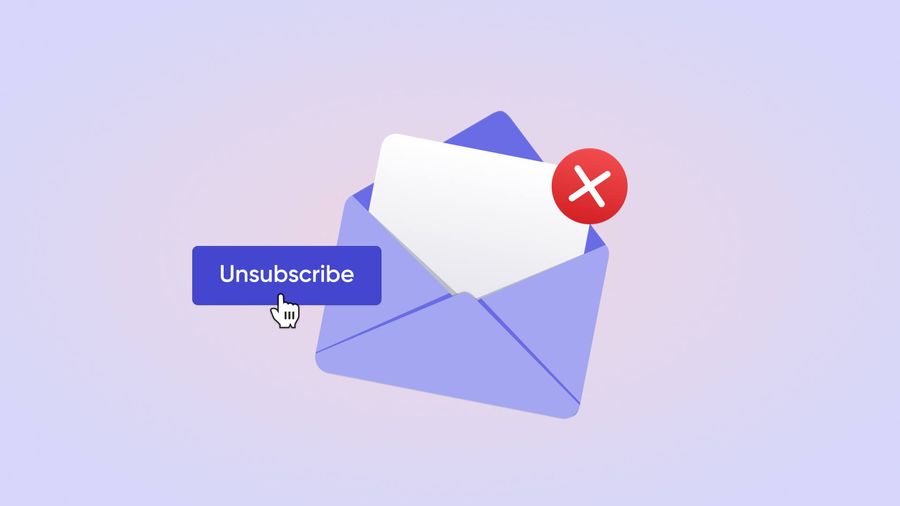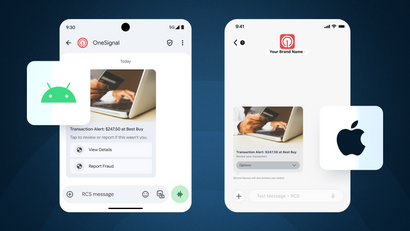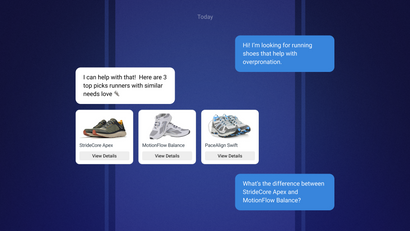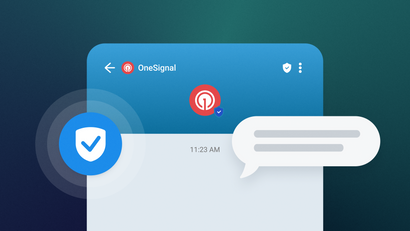Even in today's mobile-first world, email remains one of the most effective channels for engaging with your audience. However, a high unsubscribe rate can be a significant concern, signaling potential issues with your email strategy. Understanding and troubleshooting your unsubscribe rate is crucial for maintaining a healthy email list and maximizing engagement. In this guide, we’ll explore the key factors that contribute to high unsubscribe rates, how to diagnose the problem, and effective strategies to reduce it.
Understanding Unsubscribe Rates
Before troubleshooting, it's important to understand an unsubscribe rate and what it signifies. The unsubscribe rate is the percentage of subscribers who opt out of your email list over a specific period (typically via an unsubscribe link). Although some level of unsubscribes is normal, a consistently high unsubscribe rate can indicate underlying issues with your email marketing strategy.
Discover best practices for managing unsubscribes in an intuitive and professional way.
Key Factors Contributing to High Unsubscribe Rates
- Irrelevant Content: One of the most common reasons subscribers opt-out is that the content they receive is not relevant to their interests. Sending generic or poorly targeted emails can lead to disengagement and unsubscribes.
- Email Frequency: Sending emails too frequently can overwhelm your subscribers while sending them too infrequently can lead to disengagement. Finding the right balance is crucial. Check out our related article to find out more about the best times to send marketing emails.
- Poor Email Design: Emails that are difficult to read, poorly formatted, or not optimized for mobile devices can frustrate subscribers and lead them to unsubscribe. Learn more about responsive email design best practices and how to format your email content to maximize success.
- Lack of Personalization: Generic emails that do not address your subscribers' specific needs or preferences can feel impersonal and irrelevant, prompting unsubscribes.
- Unclear Expectations: If subscribers do not know what to expect from your emails in terms of content and frequency, they might opt out when their expectations are not met.
- Ineffective Subject Lines: Subject lines that are misleading, boring, or irrelevant can lead to low open rates and increased unsubscribes. Check out our 10 tips for writing good email subject lines and preheaders.
Troubleshooting Your Unsubscribe Rate
To effectively troubleshoot your unsubscribe rate, follow these steps:
- Analyze Your Data: Start by examining your email marketing analytics. Look at your unsubscribe rate in relation to other key metrics such as open rates, click-through rates, and conversion rates. Identify any patterns or trends, such as spikes in unsubscribes following specific campaigns.
- Segment Your Audience: Analyze unsubscribe rates across different segments of your audience. This can help identify specific groups that are more likely to opt-out and understand their unique preferences and behaviors. Follow these email segmentation best practices to set your campaigns up for success.
- Review Content Relevance: Assess the relevance of your email content. Are you providing value to your subscribers? Ensure that your emails are tailored to the interests and needs of your audience. Conduct surveys or ask for feedback to better understand what your subscribers want.
- Evaluate Email Frequency: Review your email sending frequency. Use A/B testing to experiment with different frequencies and identify what works best for your audience. Ensure you are not overwhelming your subscribers with too many emails.
- Assess Email Design: Evaluate the design and readability of your emails. Make sure your emails are visually appealing, well-formatted, and optimized for mobile devices. Use responsive design to ensure a positive experience on all devices.
- Improve Personalization: Leverage data to personalize your emails. Use your subscribers' names, tailor content to their preferences, and segment your list to deliver more targeted messages.
- Set Clear Expectations: Ensure your subscribers know what to expect when they sign up. Clearly communicate the type of content they will receive and how often they will hear from you. Setting clear expectations and creating user preference centers to honor those expectations can reduce the likelihood of unsubscribes.
- Refine Subject Lines: Craft compelling and relevant subject lines that accurately reflect the content of your emails. A/B test different subject lines to see which ones resonate best with your audience.
Email Troubleshooting Examples
Company A - Content Relevance
- Problem: Company A noticed a spike in unsubscribes following their monthly newsletters.
- Solution: They conducted a survey to understand subscriber interests and preferences. Based on the feedback, they segmented their list and tailored content to different audience segments.
- Result: The unsubscribe rate dropped by 25%, and engagement metrics improved across all segments.
Company B - Email Frequency
- Problem: Company B had a high unsubscribe rate due to frequent email blasts.
- Solution: They implemented A/B testing to determine the optimal email frequency. They found that sending bi-weekly emails instead of weekly resulted in higher engagement and lower unsubscribe rates.
- Result: The unsubscribe rate decreased by 30%, and open rates increased by 15%.
Company C - Email Design
- Problem: Company C received complaints about their emails being difficult to read on mobile devices.
- Solution: They redesigned their email templates using responsive design principles, ensuring a better user experience on all devices.
- Result: Mobile open rates increased by 20%, and the unsubscribe rate dropped by 10%.
Best Practices for Reducing Unsubscribe Rates
- Provide Value: Ensure every email provides value to your subscribers. Whether it’s educational content, exclusive offers, or important updates, make sure your emails are worth their time.
- Ask for Feedback: Regularly ask your subscribers for feedback on your emails. This can provide valuable insights into what they like and dislike, helping you improve your content and strategy.
- Use a Preference Center: Allow subscribers to manage their email preferences via a preference center. Giving them control over the types of emails they receive and the frequency can reduce the likelihood of unsubscribes.
- Monitor Competitors: Monitor your competitors' activities. Analyze their email strategies to identify potential improvements for your own campaigns.
- Stay Compliant: Always adhere to email marketing laws and regulations. Make it easy for subscribers to opt-out if they choose to, and respect their preferences.
- Regularly Clean Your List: Periodically clean your email list to remove inactive subscribers. This can help improve engagement metrics and reduce the likelihood of unsubscribes from uninterested recipients.
Optimize Your Email Unsubscribe Management with OneSignal
OneSignal can help you effectively manage your email campaigns and reduce unsubscribe rates. Loved by marketers, product managers, and developers alike, we offer an array of powerful tools to enhance your email strategy without burdening your workload.
With OneSignal, you can easily create beautiful and effective emails using the intuitive drag-and-drop email editor. Customize your email design to fit your brand's style, or upload your existing HTML templates to hit the ground running. Our platform also provides advanced segmentation and personalization features, allowing you to tailor your messages to specific audience preferences and drive engagement. Try our platform for free to experience the difference yourself.
Get Started for Free



